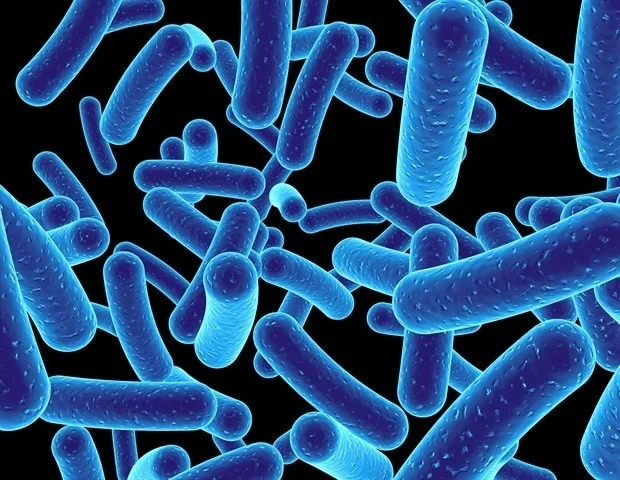In an interview with The Daily Guardian, scientific and medical bigwigs Dr Randeep Guleria, Director, AIIMS, Pawanexh Kohli, founding CEO of India’s National Centre for Cold-Chain Development (NCCD), Dr Lalit Kant, former HoD, Epidemiology and Communicable Diseases, and Dr Satyajit Rath, Scientist at IISER, Pune, spoke about the vaccines developed by Pfizer and Moderna and whether India is ready to receive them.




Q. WHY WOULD THE PFIZER AND MODERNA VACCINES PROVE TO BE DIFFICULT FOR INDIA?
“It is not any more difficult in India than everywhere else,” said Pawanexh Kohli. According to the experts, the vaccines produced by both Moderna and Pfizer are mRNA vaccines. If approved, these would be the first mRNA vaccines approved for use in humans. Although it is easy to maintain the temperature of these vaccines, if or when they are exposed to higher temperatures, they will lose their potency. “The long haul will be done with dry ice and insulated boxes,” Kohli added. It should be noted that the vaccine, at -70° Celsius, will require thousands of specialised insulated boxes designed for dry ice capability.
Dr Lalit Kant elaborated, “There are three issues that countries like India would need to tackle. The first is its availability, as most of the doses to be produced in 2020 have already been purchased by some countries, notably the US and the UK. Second, its shipping and storage require ultralow temperatures (Pfizer’s requires -80°C), and putting in place an appropriate cold chain would be a major challenge. And, third, we are still unsure about the long-term safety of the vaccines and the duration of protection. The Pfizer vaccine does not use a preservative and there are chances of contamination of unused vaccines.”
DO WE HAVE ENOUGH PREPARATIONS TO ACCEPT THE CHALLENGE OF THE DELIVERY OF THESE VACCINES?
Dr Randeep Guleria of AIIMS pointed out, “The -70° Celsius storage requirement will be a challenge for India, especially maintaining a cold chain in rural areas.”
However, Dr Kant said, “I do not think India needs to go for vaccines that have such complex cold chain requirements. There would be other vaccines available which would not have such stringent cold chain requirements. The cost is another issue. It has been learnt the US has agreed to buy 100 million doses of Pfizer’s vaccine for up to $1.95 billion.”
“I think the BioNTech (Pfizer) and the Moderna Covid-19 vaccine candidates will be almost impossible to implement on any substantial scale in India in their current state since they require storage at -70°, which is impractical in Indian vaccination situations,” said Dr Satyajit Rath too, adding, “There are efforts being made to test if these vaccine candidates can work at higher storage temperatures, and there are also efforts being made to develop cheap low-maintenance ultra-cold storage methods. However, the outcomes remain uncertain. At the moment, as matters stand, I do not see any realistic actual modalities in place to implement this category of Covid-19 vaccines in India.”
WHAT CAN BE DONE IN THIS CASE?
Pawanexh Kohli said, “For -70°C, no dispersed facilities are available for cryogenic storage and these must be managed by the regular replenishment of dry ice at key nodal locations. Their subsequent movement would be at 2-8°C and done like all others. Otherwise, the option of flying or railroading them in insulated boxes with dry-ice can also happen. However, the vaccine supply is not to be planned for long-term storage but for regular evacuation and distribution. Using existing assets for this emergent need will be the most timely and efficient deployment for the purpose now.”
“The Moderna vaccine is at -20°C, which is the same as ice cream. That can be done easily and will still be at 2-8 °C at the last mile in regular reefer trucks. Keeping other vaccines at 2 to 8 °C is the same as we do with fresh produce, with last-mile storage the same as the other, in regular reefer trucks. At the delivery centre, they will need small fridges with active cooling—grid or solar-powered or backed with small DG sets. Also, temperature monitors with data loggers, and the syringes, which we may run short of! Vaccine givers are also required—people have to be organised if the plan is to do it at a mass scale and quickly,” he added.













